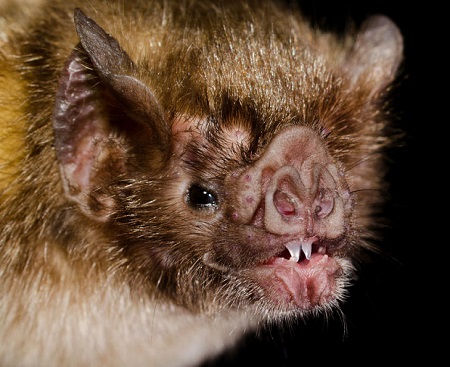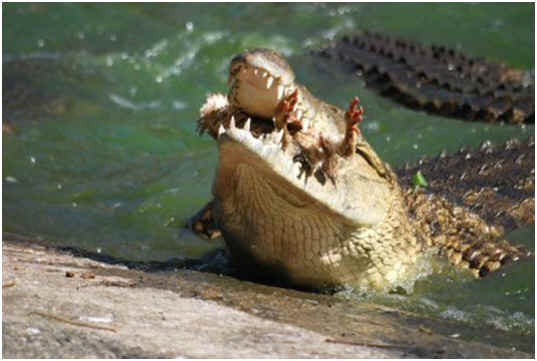
Can Frogs Bite?
Frogs can bite. Most do not think of frogs as particularly aggressive, but frogs can and do bite. Although they appear toothless, frogs actually have two types of teeth that they can use to aid in feeding or fighting. In fact, scientists have recently discovered nine new species of “fanged” frogs with intimidating, vampire-like teeth jutting out of their lower jaws. With teeth like these, just how bad is a frog’s bite?
Frog Teeth
Frogs have two different types of teeth: maxillary teeth, which grow from the upper jawbone, and a pair of vomerine teeth, which grow behind the maxillary teeth from the roof of the mouth. The vomerine teeth are very small and look like small nubs or lumps. The maxillary teeth form a shallow ridge along the inner edge of the upper jaw. Both sets of teeth tend to be relatively dull, meaning a bite from a frog would likely not break the skin.
Feeding
Most frogs feed on insects, worms, and small arthropods such as spiders, centipedes, and millipedes. Frogs capture their prey by rapidly extending their specialized, elongated tongues, which stick to the prey and pull it back into the frog’s mouth. Since frogs’ teeth are not formed into incisors, canines, and molars, they are unsuitable for tearing, biting, or chewing prey. Because of this, frogs generally swallow their prey whole. Instead of biting, frogs’ teeth are used to grip the prey until the frog can swallow.
Self-defense
Although most frogs use camouflage or poisonous skin secretions for self-defense, some species may still resort to biting. Frogs may bite when agitated or during mating season. The males of some frog species tend to become territorial and belligerent during breeding periods and will bite or kick their rivals. South American horned frogs—also known as “Pac Man” frogs and now popular as pets—are notoriously aggressive when disturbed and may snap at perceived threats. Even the most hostile frog, however, is incapable of inflicting more than a blunt nip due to its teeth’ tiny size and dull surface. Frog bites do not pose a danger to humans.
Frogs with Fangs?
Scientists have recently discovered new species of “fanged” frogs in Indonesia. These frogs have small fang-like projections protruding from their lower jaws. These “fangs” aren’t true teeth but simply bony growths resembling teeth in appearance. Scientists believe these frogs did not develop these “fangs” for biting but evolved them to aid in seizing and gripping their agile, mainly aquatic prey.
Resources
Thomas G. Carpenter Library
http://www.britannica.com.dax.lib.unf.edu/EBchecked/topic/29023/Anura
National Geographic
Fanged-Frog Pictures: 9 New Species Found
http://news.nationalgeographic.com/news/2011/08/pictures/110816-fanged-frogs-new-species-indonesia-sulawesi-science/





